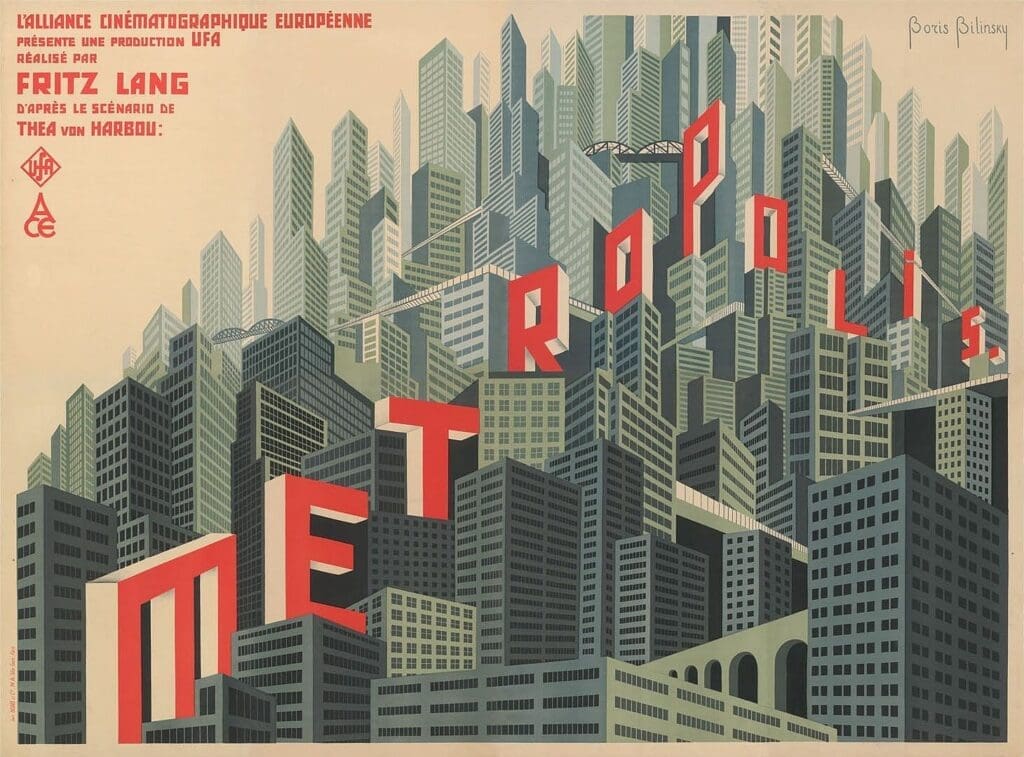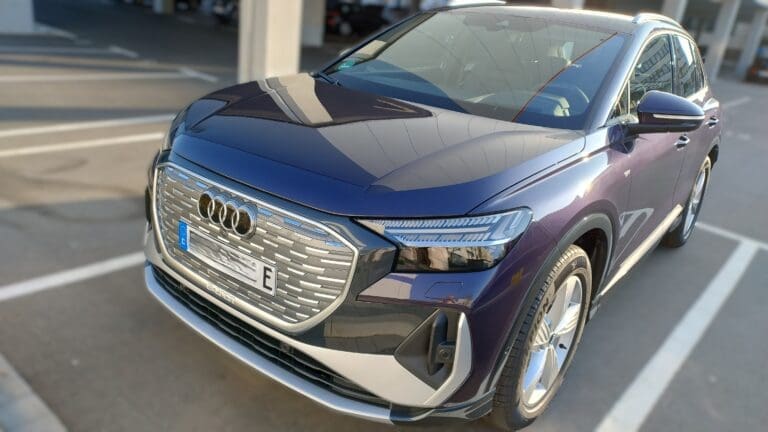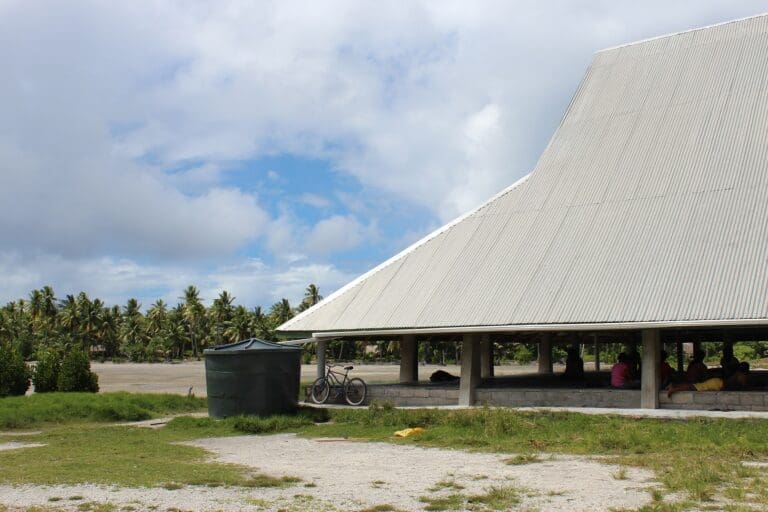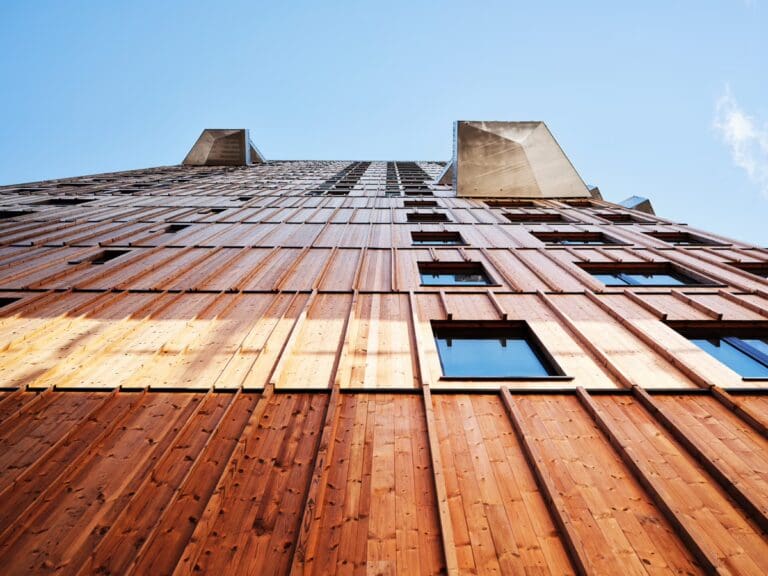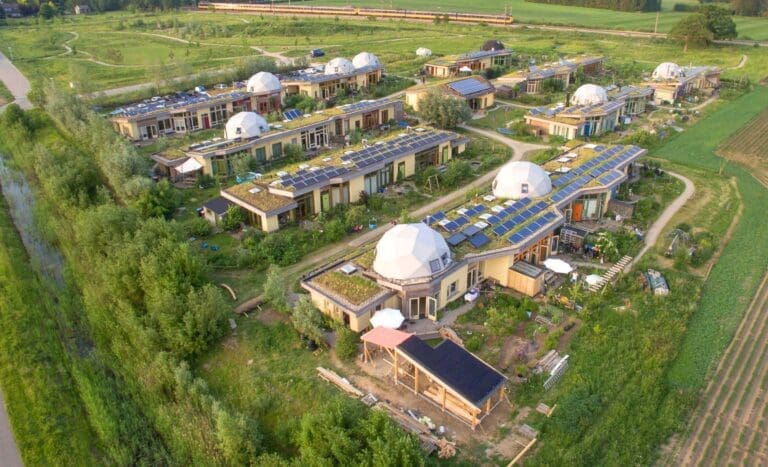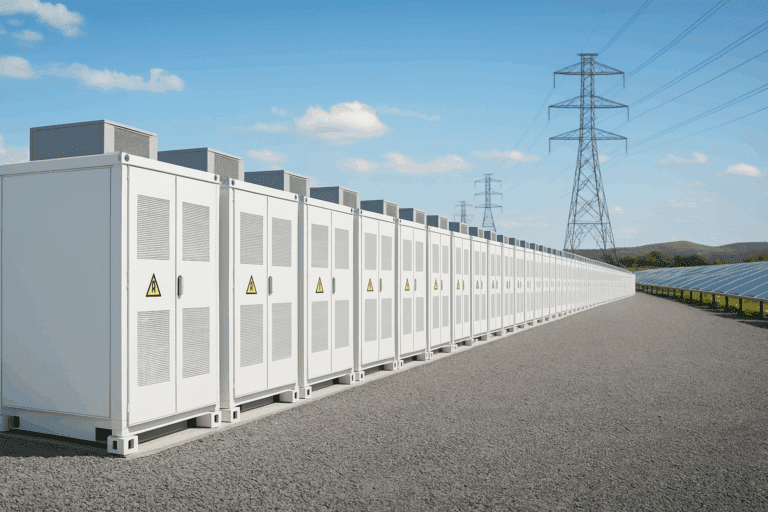When Fritz Lang released Metropolis in 1927, he laid the blueprint for countless visions of the future—both grim and hopeful. At first glance, the film is a towering dystopia, filled with stark contrasts between a laboring lower class toiling in subterranean agony and an elite basking in privilege. However, hidden within its intricate visual allegory lies the seed of a transformation—and a possible Solarpunk beginning.
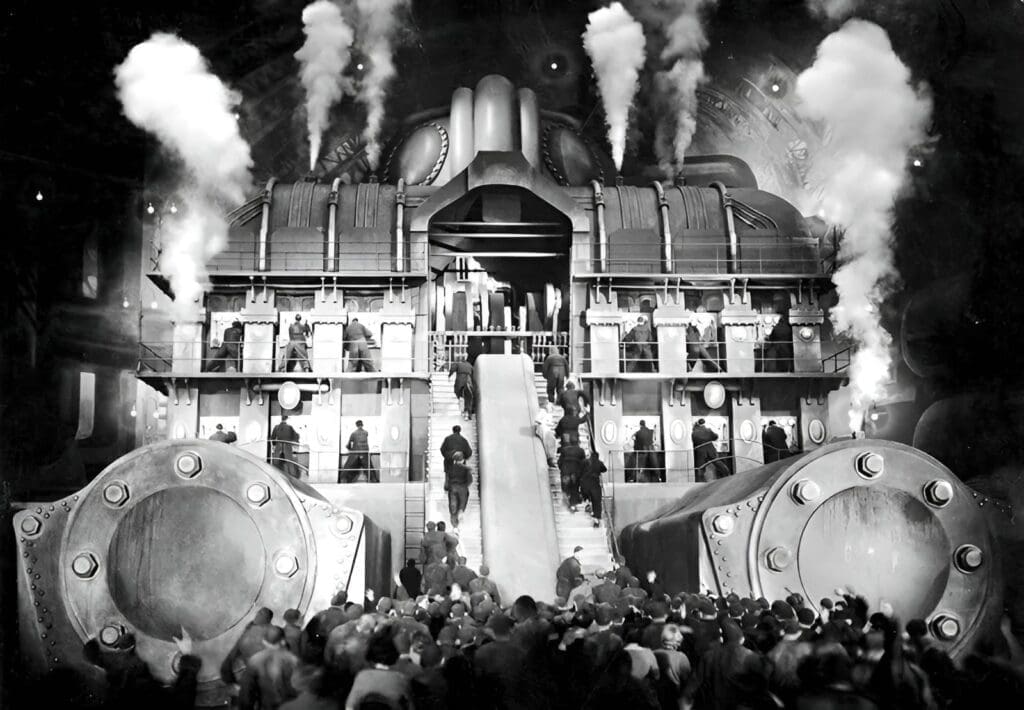
The turning point begins with Freder, the son of Metropolis’s ruler Joh Fredersen, and the moral center of the story. The film’s tagline, “The Mediator Between the Head and the Hands Must Be the Heart,” echoes through Lang’s fictional city and modern discussions on sustainable futures. At its core, this message is a plea for unity, empathy, and cooperation. It is a bridge between technocratic power and the people whose work fuels its ambitions.
Lang’s Metropolis shows the future as a glittering machine. The city’s upper echelons glide through the air in sleek vehicles, while the workers labor beneath the surface, synchronizing their lives to enormous machines. It is the quintessential dystopia, a tale of unchecked capitalism and technological control. Yet, it also contains a spark of hope—a framework for reconciliation.
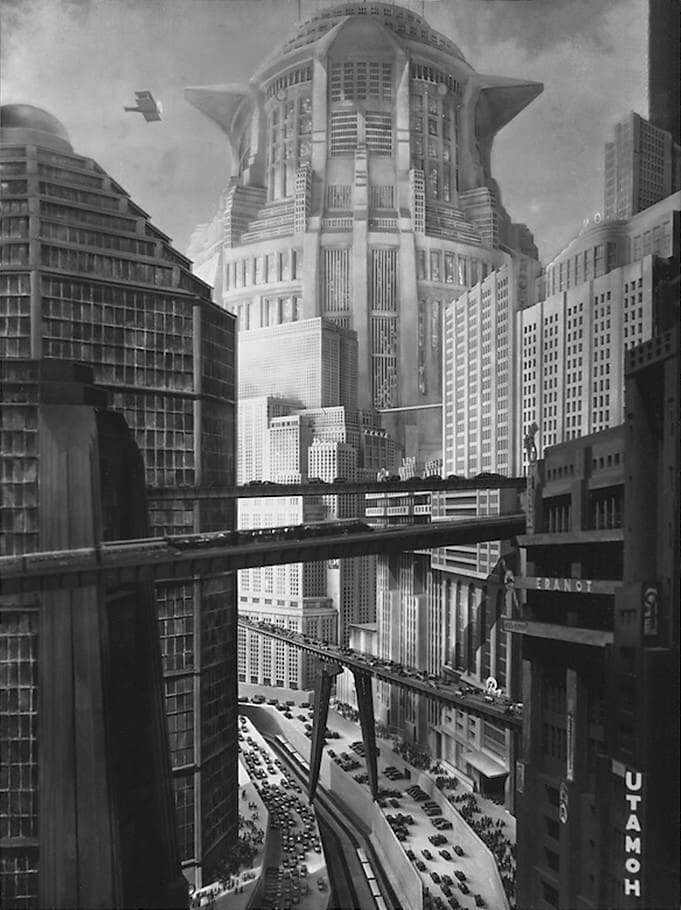
The climax of Metropolis turns this dystopia on its head. After a rebellion incited by the false Maria—a robot designed to trick the workers—the city is on the brink of collapse. In this chaos, Freder steps forward as the mediator, embodying the film’s central message. The dramatic handshake between his father and the workers’ leader, Grot, symbolizes more than a truce; it is a step toward systemic change.
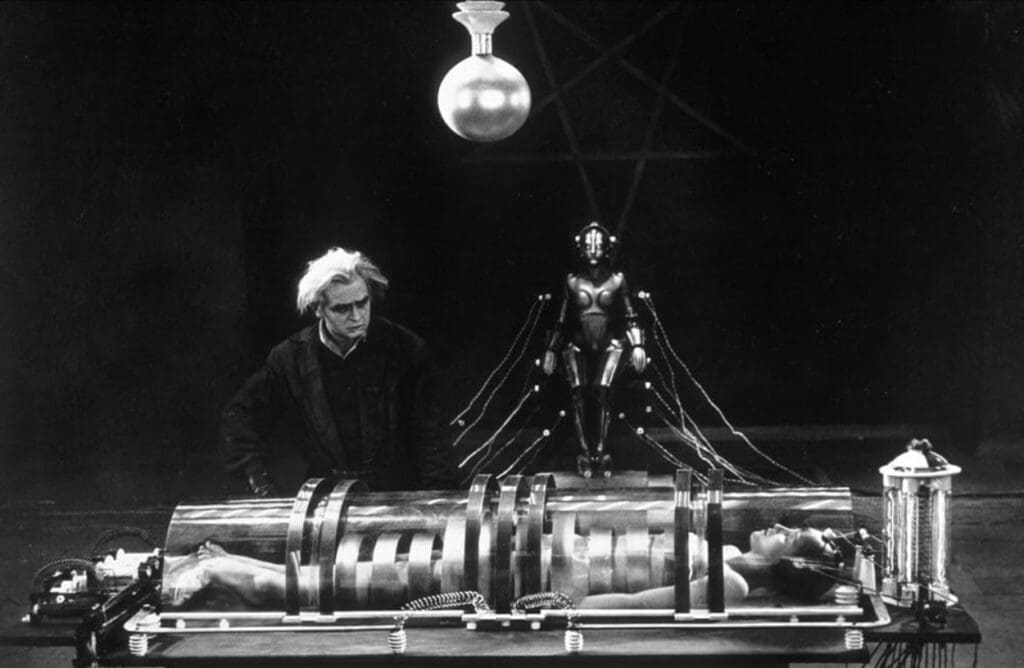
Seen through a Solarpunk lens, this reconciliation marks the beginning of a new era. Solarpunk imagines a world where technology and humanity work together in harmony with nature. While Metropolis does not explicitly address ecological issues, the imagery of Freder bridging the divide suggests a world where innovation helps humanity instead of oppressing it. This is the essence of Solarpunk: a future built on empathy, teamwork, and systems that restore balance.
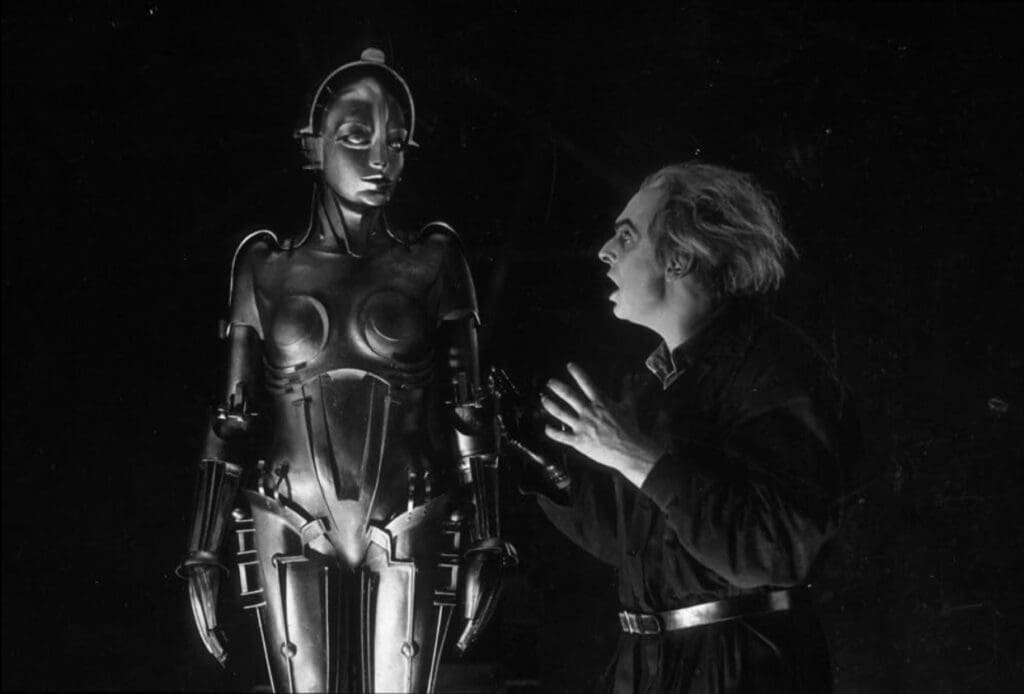
Imagine a Solarpunk Metropolis—Part II: The once-oppressive machines are dismantled and replaced by regenerative energy sources such as wind turbines, solar panels, and hydroelectric power, all located above ground. Workers abandon the underground and join the upper city and its citizens. Together, with the aid of technology, they construct new homes, create gardens, plant trees and greenery, and open parks and shared spaces for gatherings. The towering buildings transform into hubs of innovation, where people from all walks of life collaborate to shape a shared future. The harsh sounds of reconstruction gradually give way to the soothing hum of clean energy—a city powered by creativity, equity, and sustainability.
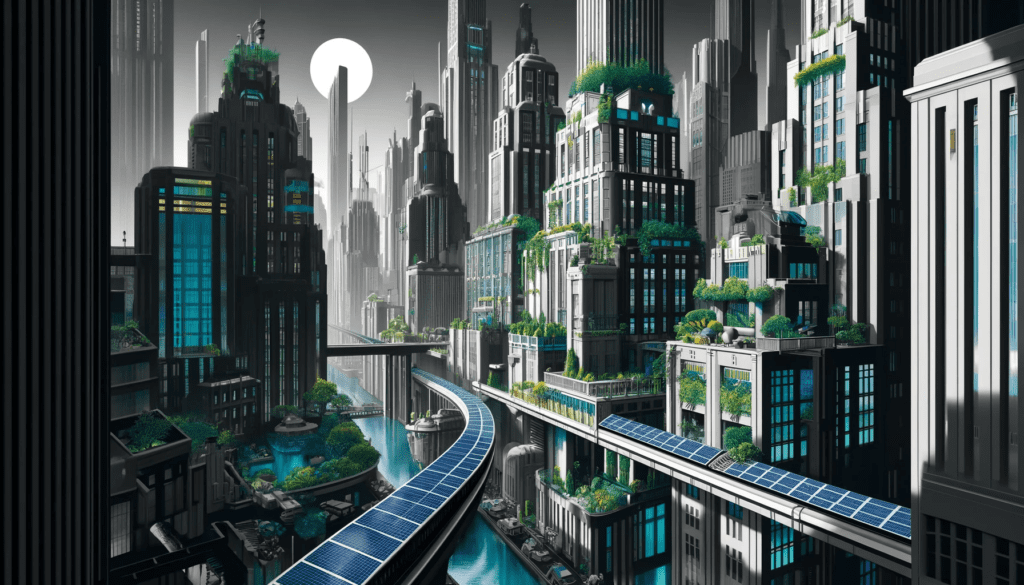
Lang’s masterpiece, with its stunning visuals and deep symbolism, invites us to reflect on the direction of our own world. The leap from dystopia to Solarpunk is not about ignoring problems but about reclaiming our ability to shape the future. It reminds us that the future is shaped by our choices, creativity, and compassion.
In the end, Metropolis is a cautionary tale that dreams of redemption. Its transformation into a Solarpunk parable lies in its core message: the heart is not just a mediator but a driver of change. If we use our technology wisely and act responsibly, the world of Metropolis need not be a dystopia. It can be a model for a brighter, greener, and more inclusive future—where the head, the hands, and the heart work together as one.
For further information on Metropolis, please feel free to visit: https://en.wikipedia.org/wiki/Metropolis_(1927_film)

